The Narthang edition of the Tibetan Kanjur was initiated by Pho-Iha-nas at an auspicious moment on 5 October 1730. The engraving of the xylographs was begun on the basis of the Old Narthang edition which was handwritten during the years 1312-1320. This edition was supplemented by the catalogues of Tshal-pa, Bu-ston and others. To secure the speedy execution of this great project skilled craftsmen were summoned from all parts of Tibet. The engraving was completed on 21 February 1732. In the middle of 1733 the first xylographed set was presented to the Panchen Lama for his blessings. Its printing blocks were deposited in the Narthang monastery, where they were preserved till recently. The blocks have been destroyed in the political upheavals of the Chinese occupation. As the xylographs have perished, the set has become extremely rare. The Narthang edition was the first to be analysed into English by Alexander Csoma de Koros. His analysis appeared in 1836-39. It was a major contribution to Tibetan studies in particular, and to Indology and Buddhology in general. In this first ever attempt to survey the vast Tibetan Buddhist Canon, he opened up vistas of the treasures of art and thought, literature and philosophy, grammar and lexicography, medicine and metallurgy, astronomy and alchemy and other branches of learning of India hidden in the Tibetan language. This ‘Analysis’ became a foundation for the interpretation of another discipline: the Chinese translations of Sanskrit texts could now be correlated to their original Sanskrit titles. Since then this edition has been a must for the understanding of Tibetan Buddhism. The Narthang Kanjur has seven major divisions: Vinaya, Prajnaparamita, Ratnakuta, Avatamsaka, Sutra, Parinirvana and Tantra. The detailed contents are as follows: Vols. 1-13. Hdul-ba (Vinaya), 14-25. Hbum (Prajnaparamita), 26-28. Ni-khri (Pancavimsati-sahasrika), 29-31. Khri-brgyad (Astadasa-sahasrika), 32. Ses-khri (Dasa-sahasrika), 33. Brgyad-ston (Asta-sahasrika), 34. Khri sna-tshogs (other Prajnaparamitas), 35-40. Dkon-brtsegs (Ratnakita), 41-46. Phal-chen (Avatamsaka), 47-77. Mdo-sde (Sutra), 78-79. Myan-hdas (Parinirvana), 80-100. Rgyud (Tantra), 101. Dkar-chag (Catalogue).

The Narthang Kanjur (In 101 Volumes)
$5000.40
$5556.00
In stock
Free & Quick Delivery Worldwide
All orders amounting to US$ 50 or more qualify for Free Delivery Worldwide. For orders less than US$ 50, we offer Standard Delivery at $14 per book.
ABOUT THE AUTHOR Lokesh Chandra
Prof. Lokesh Chandra is a renowned scholar of Tibetan, Mongolian and Sino-Japanese Buddhism. He has to his credit over 400 works and text editions. Among them are classics like his Tibetan-Sanskrit Dictionary, Materials for a History of Tibetan Literature, Buddhist Iconography of Tibet, and the present Dictionary of Buddhist Art in about 20 volumes. Prof. Lokesh Chandra was nominated by the President of the Republic of India to the Parliament in 1974-80 and again in 1980-86. He has been a Vice-President of the Indian Council for Cultural Relations, and Chairman of the Indian Council of Historical Research. Presently he is Director, International Academy of Indian Culture.
reviews
0 in total
Review by Anonymous
Be the first to review “The Narthang Kanjur (In 101 Volumes)” Cancel reply
You must be logged in to post a review.
Bibliographic information
Title
The Narthang Kanjur (In 101 Volumes)
Author
Edition
1st. Ed.
Publisher
ISBN
8186471189
Subjects
more by Lokesh Chandra see more
similar bookssee more
Genesis of Indian Tribes
$55.80
$62.00

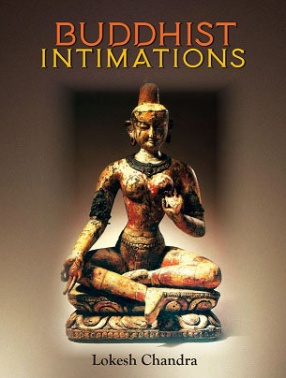
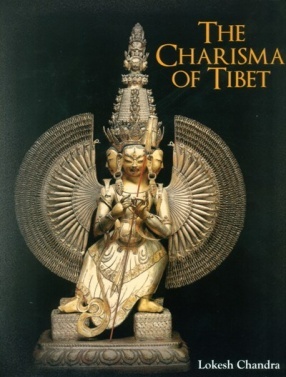
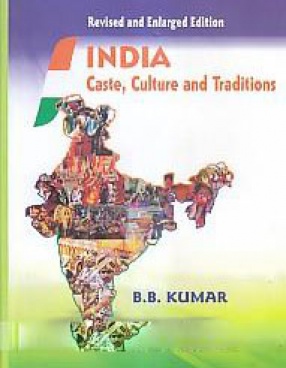
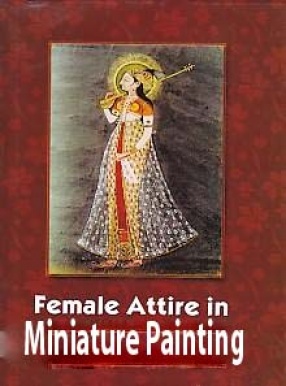
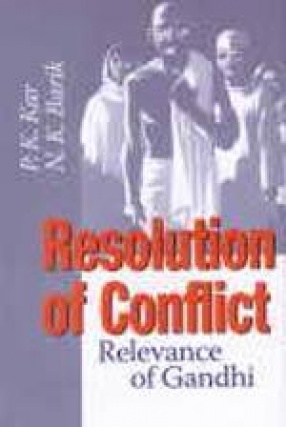
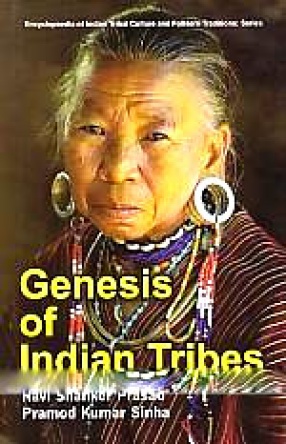
There are no reviews yet.